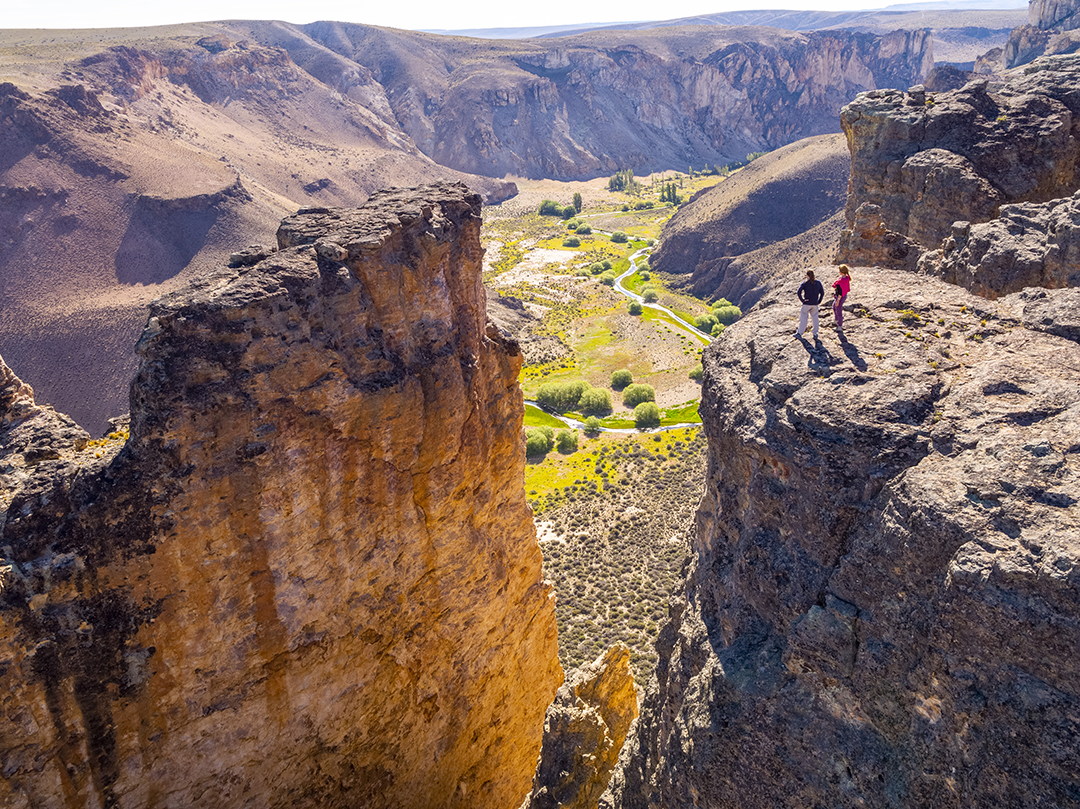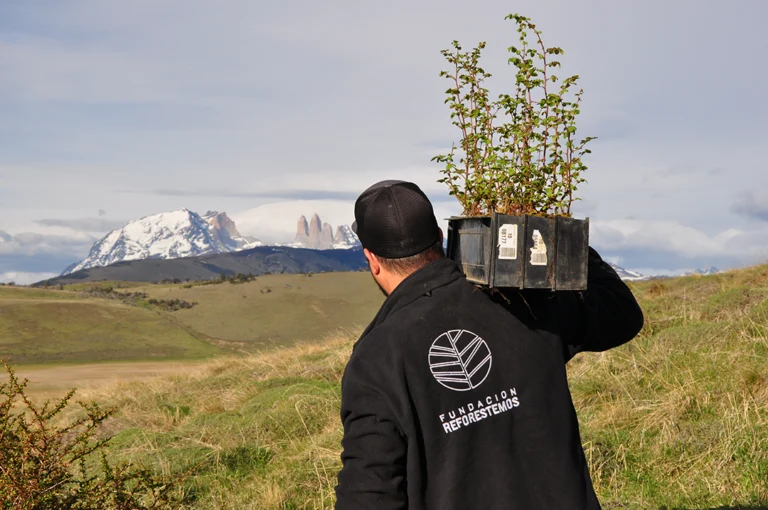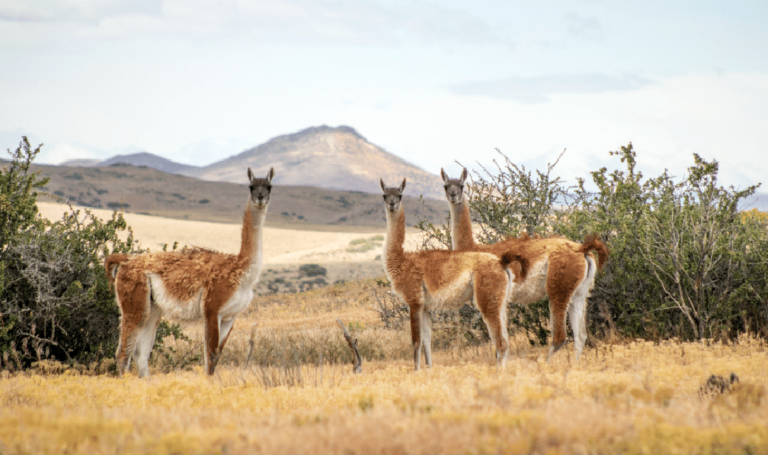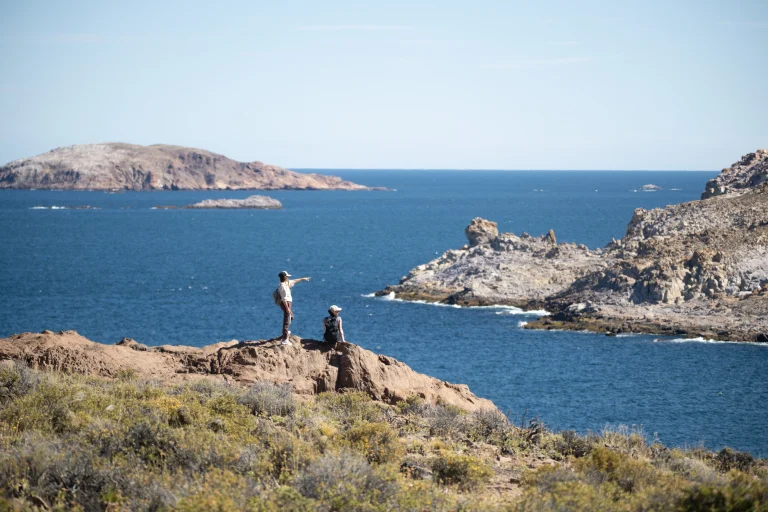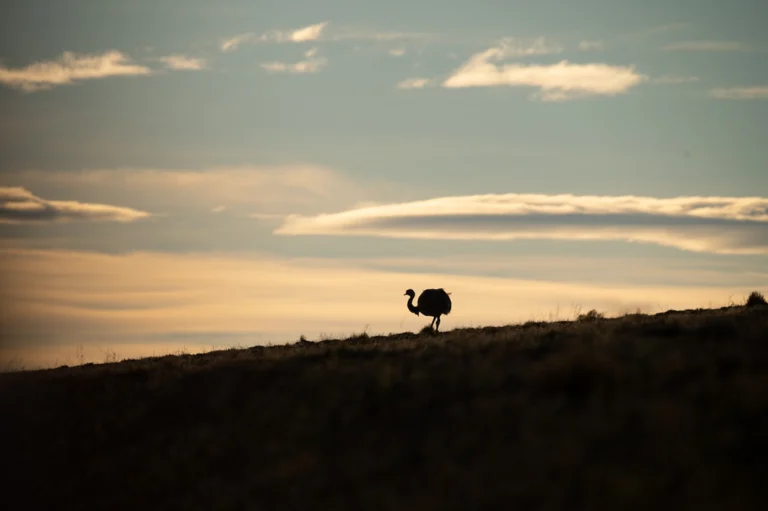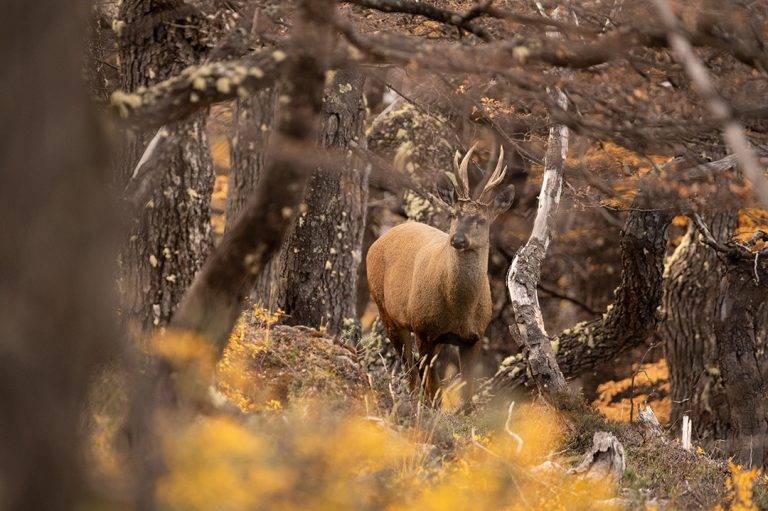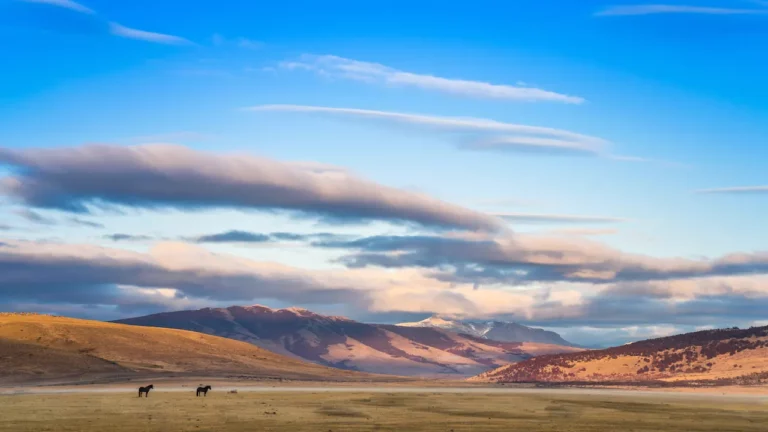Patagonia Park is working to improve the tourism offer by optimizing circuits and trails, expanding the sensory experience of visitors and caring for the environment.
In the heart of Patagonia, Patagonia Park is consolidating its position as a reference destination for nature and hiking lovers. With a firm commitment to improve and expand its hiking circuits, the renovation and expansion of trails in Patagonia Park not only optimizes the sensory experience of its visitors, but does so with a deep respect for the natural and cultural environment that surrounds it. This renovated trail infrastructure reflects a thorough, interdisciplinary, and sustainable work that seeks to balance accessibility, conservation, and local development.
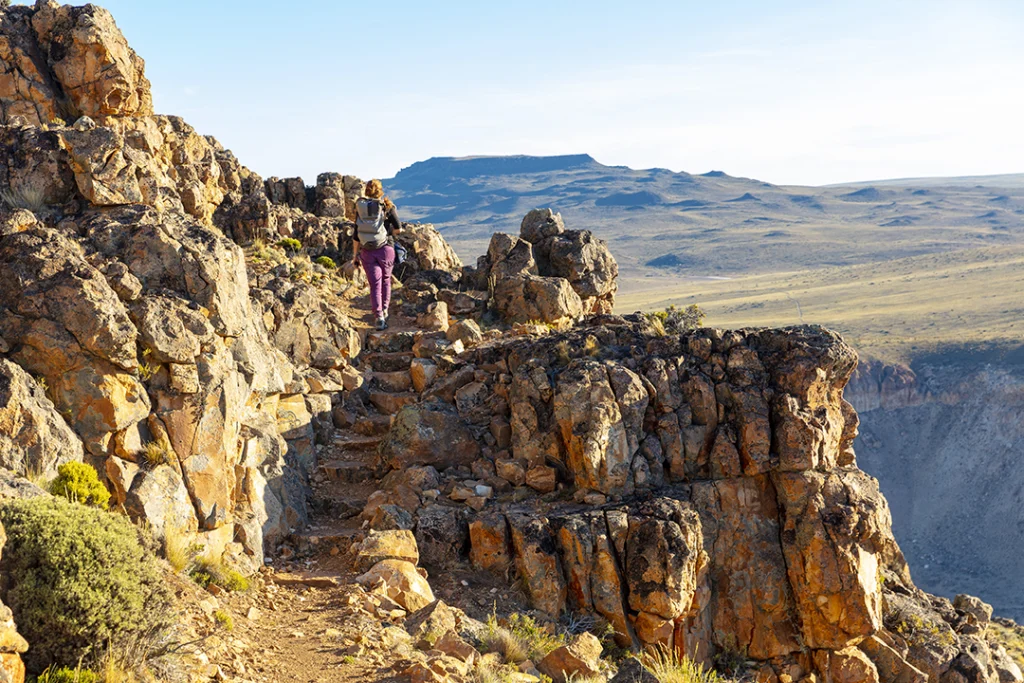
Trails that Respect and Enhance the Patagonian Landscape
In the words of the experts working on the renovation and expansion of trails in Patagonia Park, a good trail is one that allows you to enjoy the natural environment with the least possible impact. This implies a careful design that takes into account the topography, the slope (which must be less than 10° to ensure accessibility and safety), and the strategic location of bridges, steps, and resting points. In addition, extensive marking is done to guide visitors and prevent them from straying into sensitive areas.
The design of these trails is not limited to the physical layout: the collaboration of specialized technicians is incorporated to protect cultural vestiges of native peoples and preserve unique species of flora and fauna. Thus, the trails become corridors that connect the visitor with the history and biodiversity of the place, without altering its balance.
Alejandro Caparrós, coordinator of the trails team, emphasizes that “it is one thing to improve old trails, and quite another to build trails from scratch with conservationist criteria, as we are doing in the Cañadón del Río Pinturas”. This approach ensures that every step the visitor takes is a safe, educational and respectful experience.
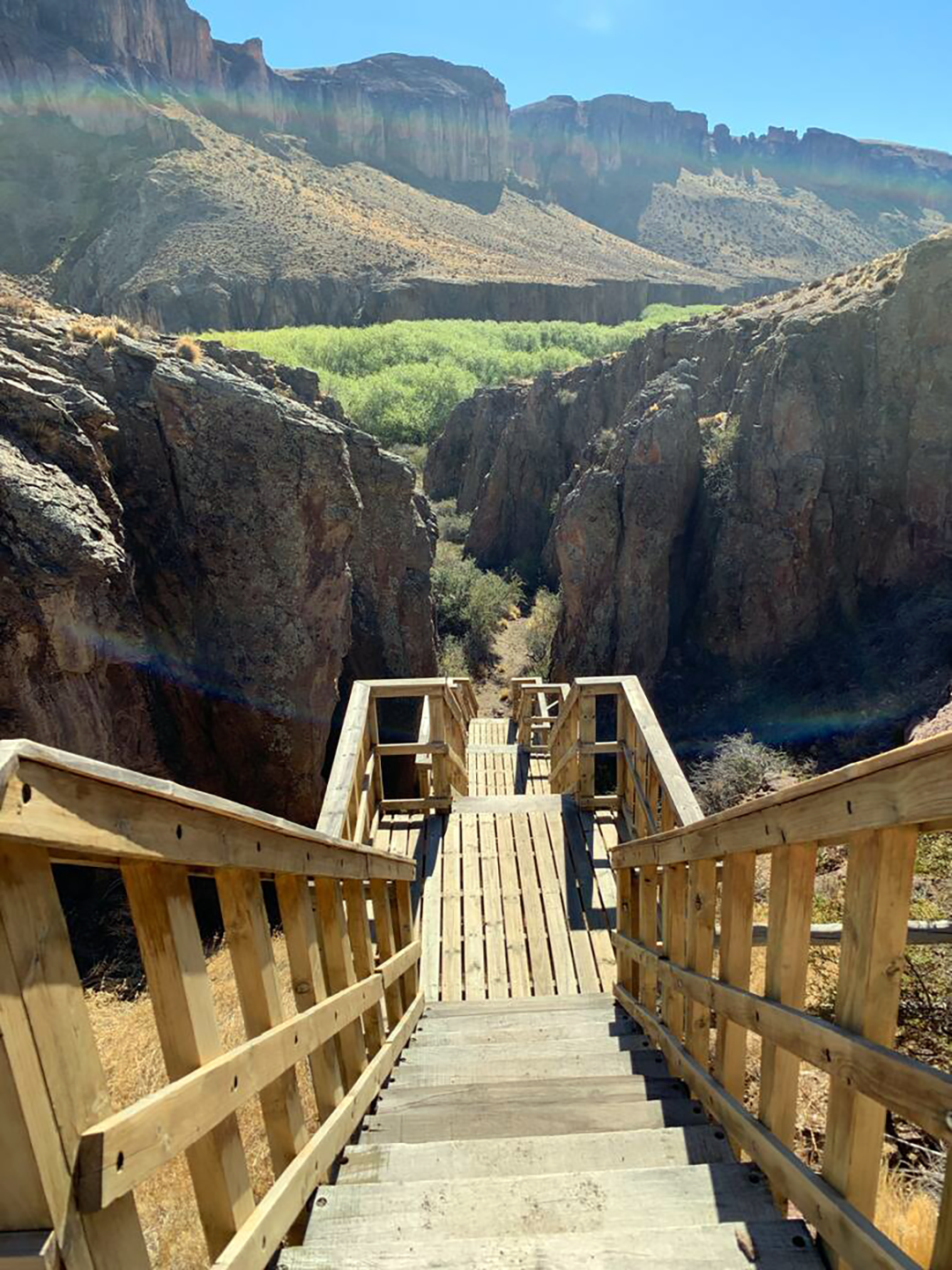
The “Bajada de los Toldos”: An Emblematic Trail
One of the most outstanding projects is the “Bajada de los Toldos”, which descends the canyon of the Pinturas River, offering panoramic views of the iconic Cueva de las Manos. This trail, which crosses a 159-meter drop, connects to the archaeological area via a metal bridge that crosses the river, integrating the natural experience with the cultural heritage.
The challenge for the team is to make this medium-difficulty trail accessible to most visitors, without sacrificing the conservation of the environment. To this end, technical solutions and clear signage have been implemented to allow visitors to enjoy the scenery without distractions or risks.
Training and Local Employment: A Commitment to the Community
The trail construction and maintenance team is made up of local workers who receive specialized training with the support of international experts in sustainable trail design and construction. This strategy not only strengthens the regional economy, but also generates a sense of belonging and care for the park.
Caparrós emphasizes, “The idea is that local youth can continue working in the National Parks, consolidating a career linked to tourism and conservation. In this way, the park becomes an engine of social and environmental development.
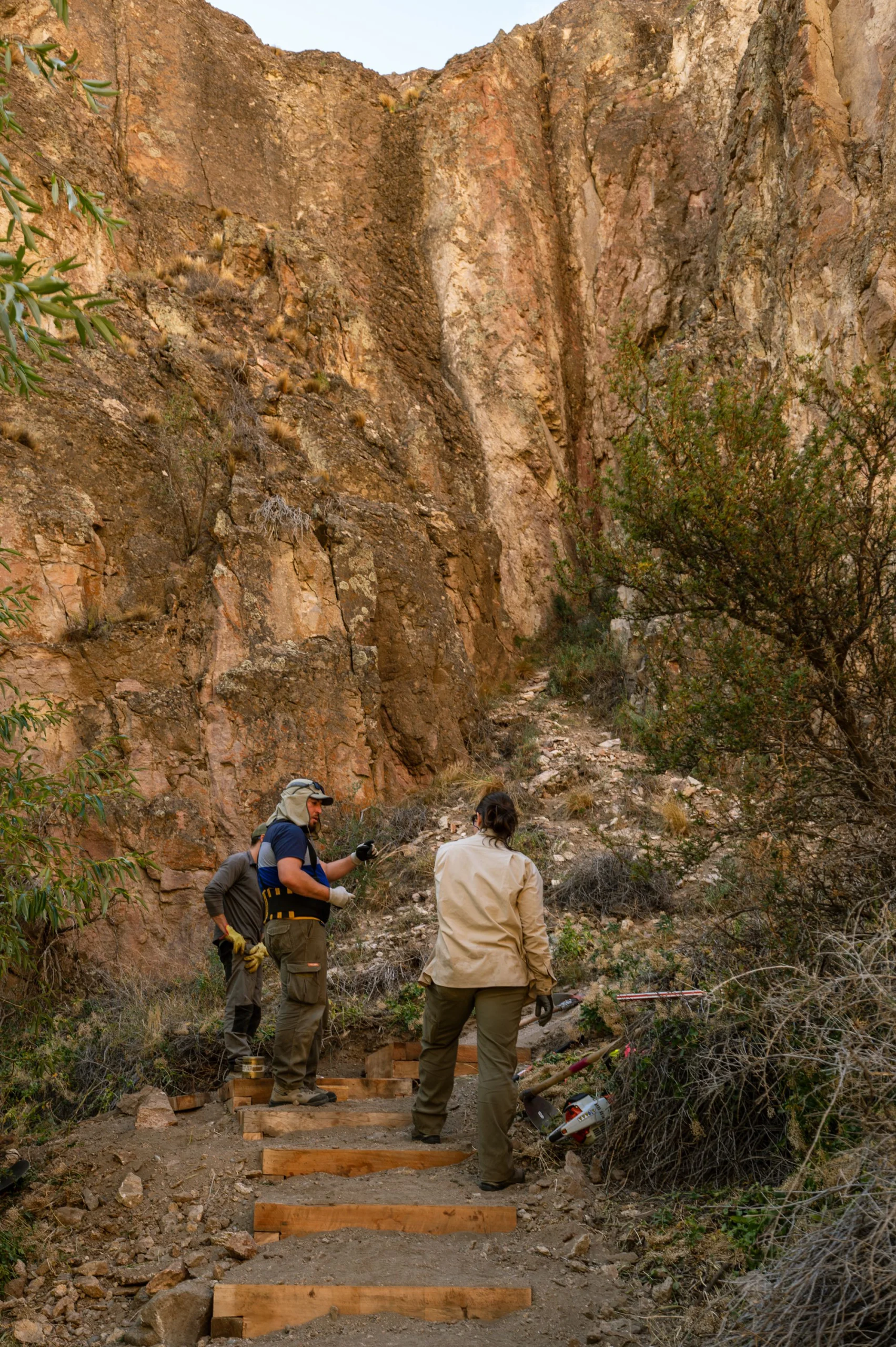
Expansion and New Proposals for Nature Tourism
The trail circuit continues to grow. Soon, it will be possible to go around Cerro Amarillo, enter the Cañadón and connect several emblematic points such as Casa de Piedra and the Balcones trail, creating an all-day hike with camping areas. In addition, new visitor centers and shelters for extended stays are planned, as well as spaces for climbing, expanding the offer for different tourist profiles.
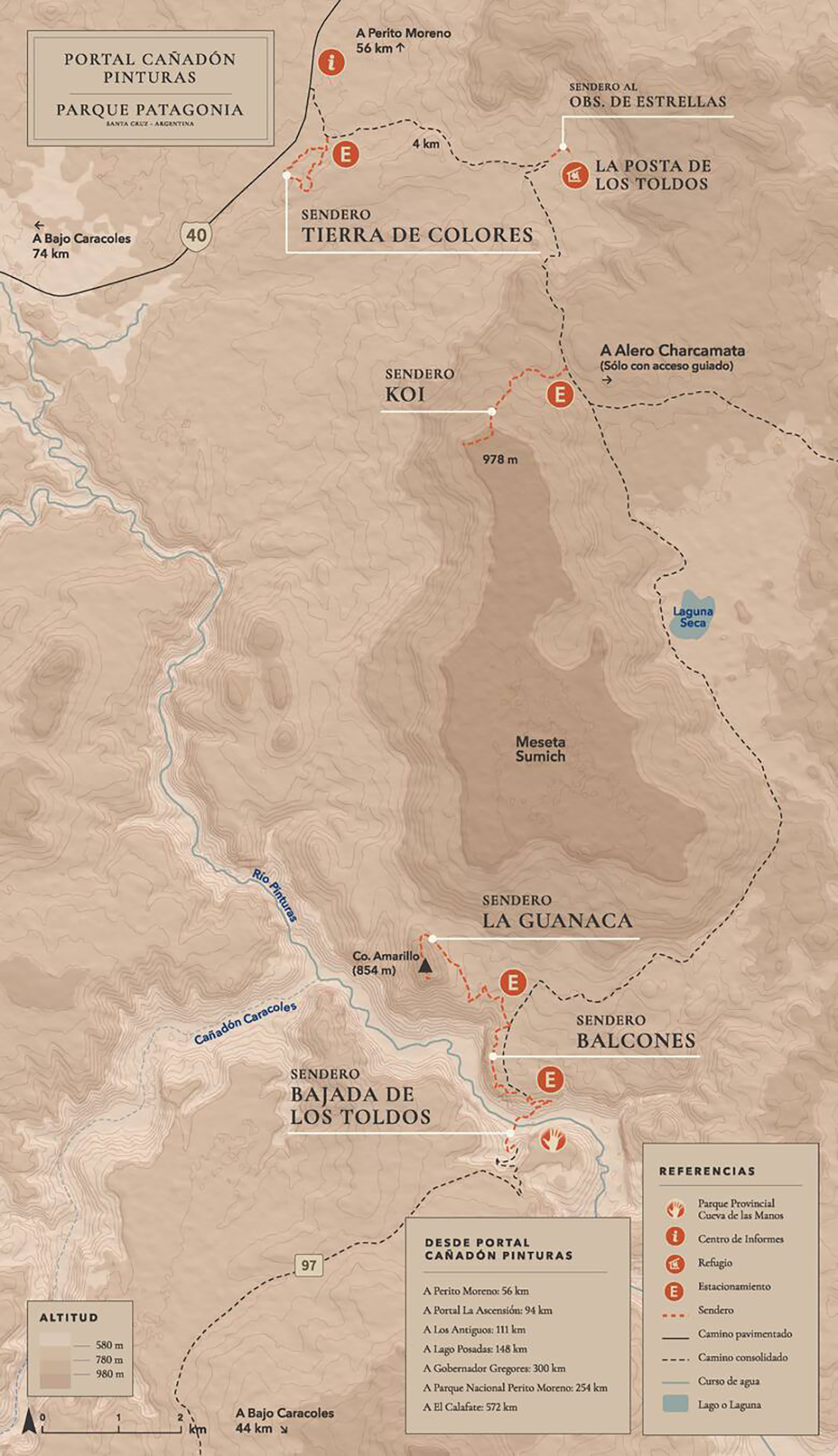
Economic Impact and Memorable Experiences
“The trails are the continuity of the routes; if they are in good condition, people stay longer and use local services, generating a more sustainable economy for neighboring communities,” says Caparrós. The recent season left very satisfied visitors, who enjoyed watching condors, guanacos, chinchillones and choiques, and even spotted pumas and foxes from a distance.
The combination of quality infrastructure, clear signage and respect for nature generates experiences of human well-being and deep connection with the environment. “The kids don’t want to leave,” says Caparrós, reflecting the positive impact the park has on its visitors.
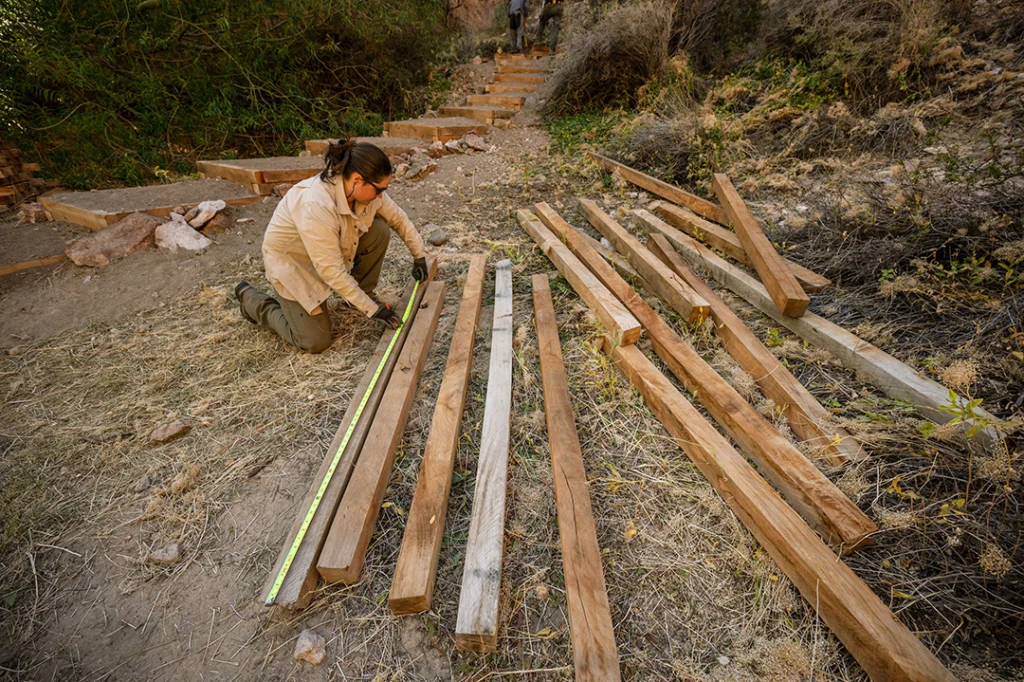
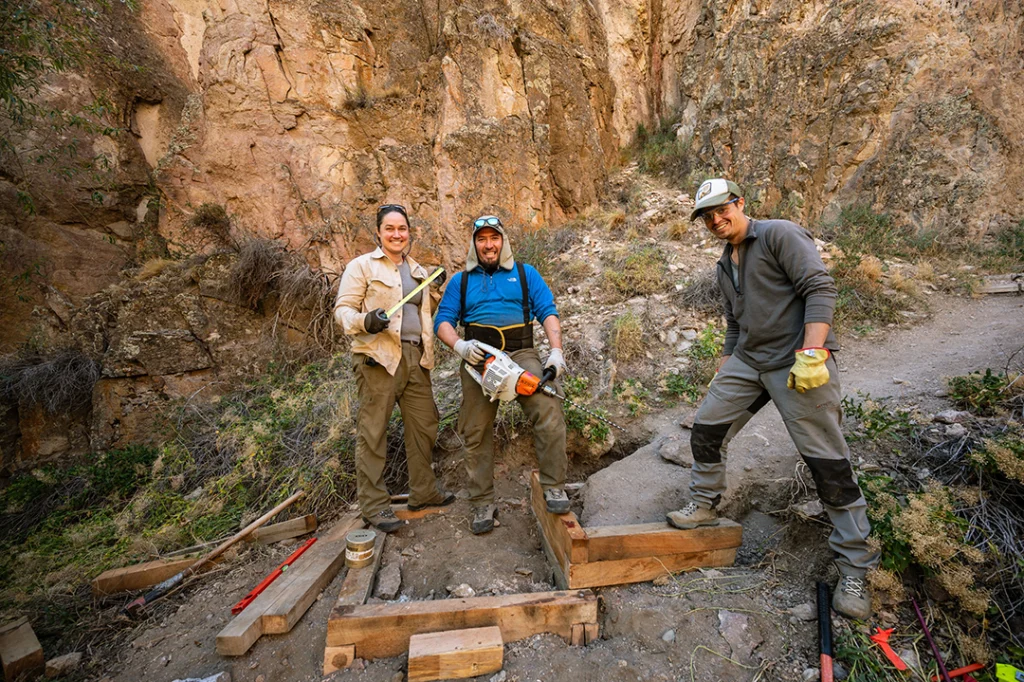
In conclusion, the Renovation and Expansion of Trails in Patagonia Park represents a vital step toward preserving the region’s natural beauty while making it more accessible to nature lovers, hikers, and eco-tourists. With improved infrastructure and a commitment to sustainable development, Patagonia Park continues to set an example in conservation-based tourism. Whether you’re planning your next adventure or simply admiring the efforts from afar, these trail improvements promise a richer and more meaningful experience for all who visit.
More info about Patagonia Park
The creation of Patagonia Argentina Park was driven by the Rewilding Argentina Foundation, which since 2011 has been working on the conservation and restoration of key ecosystems in the Patagonian steppe, promoting rewilding (ecological restoration) and sustainable tourism. This foundation acquired strategic lands to donate to the State, facilitating the legal creation of the park in 2014. Its mission is to conserve biodiversity and foster local economies based on nature tourism, with a binational vision together with Patagonia National Park in Chile.
On the other hand, Patagonia Park in Chile, located in the Aysén Region, was created in 2018 following the donation of land by the Conservacion Patagonica organization, founded by Kristine McDivitt Tompkins. This non-profit foundation acquired former ranches to transform them into protected areas and then donate them to the Chilean State for incorporation into the national park system. The project has received international support and focuses on the conservation of wild flora and fauna, as well as the development of infrastructure for nature tourism.

